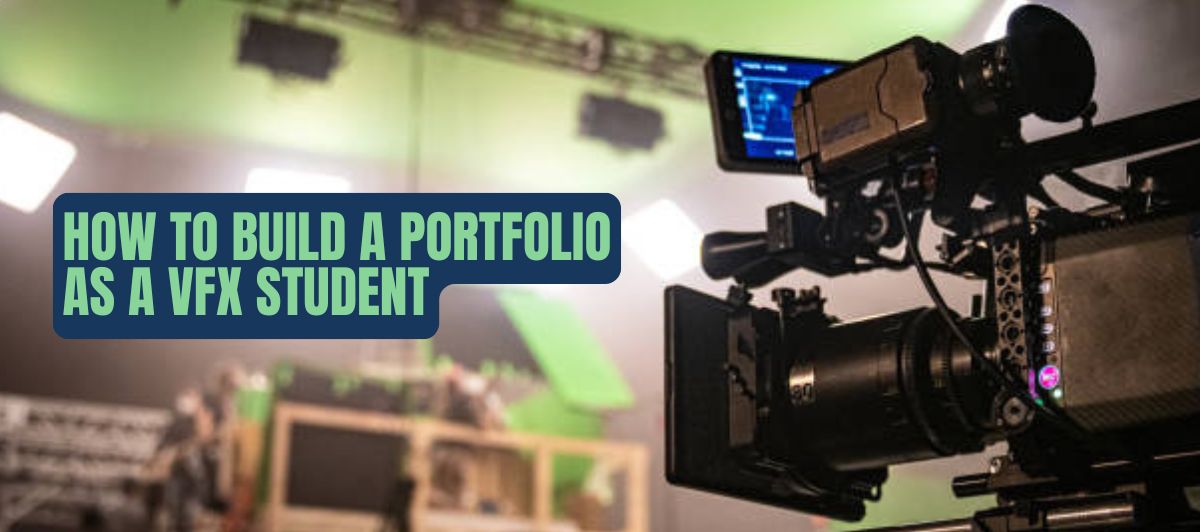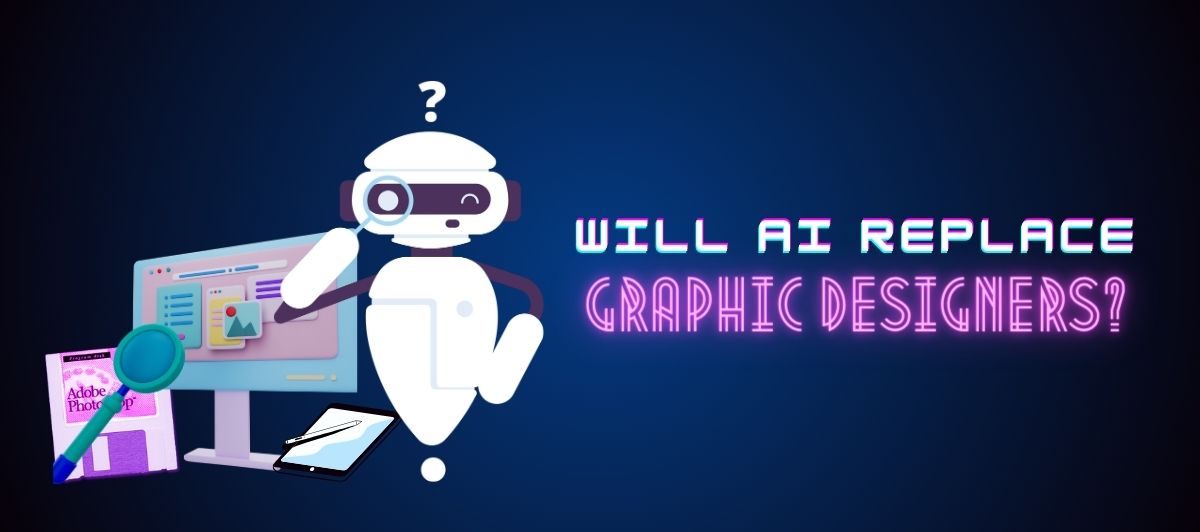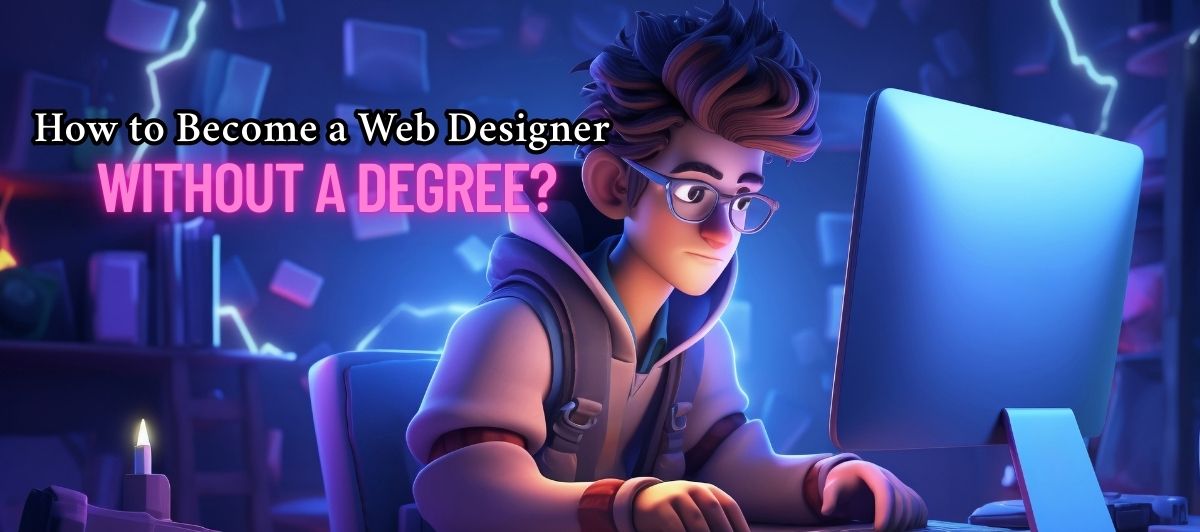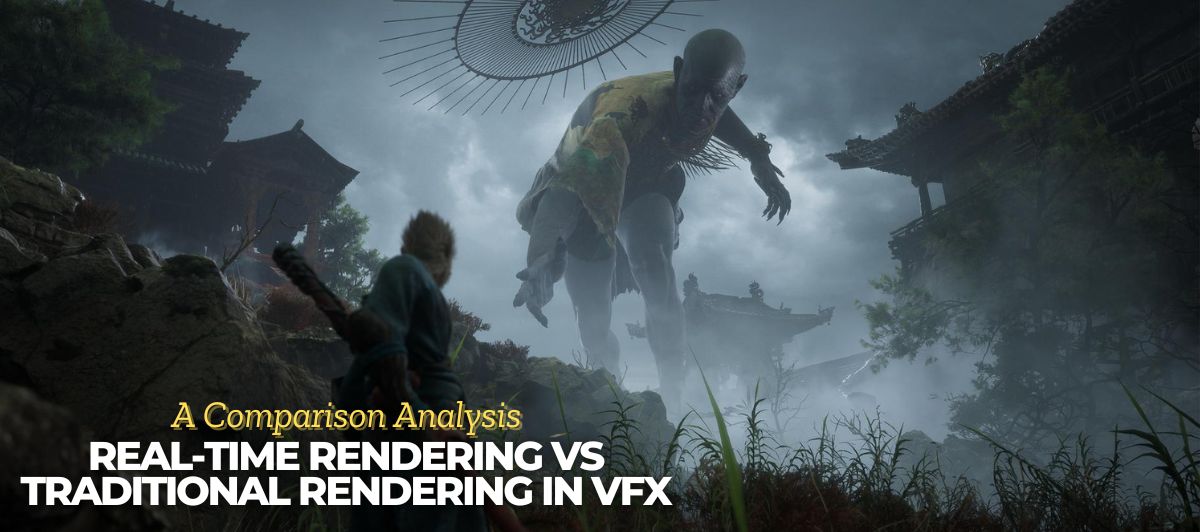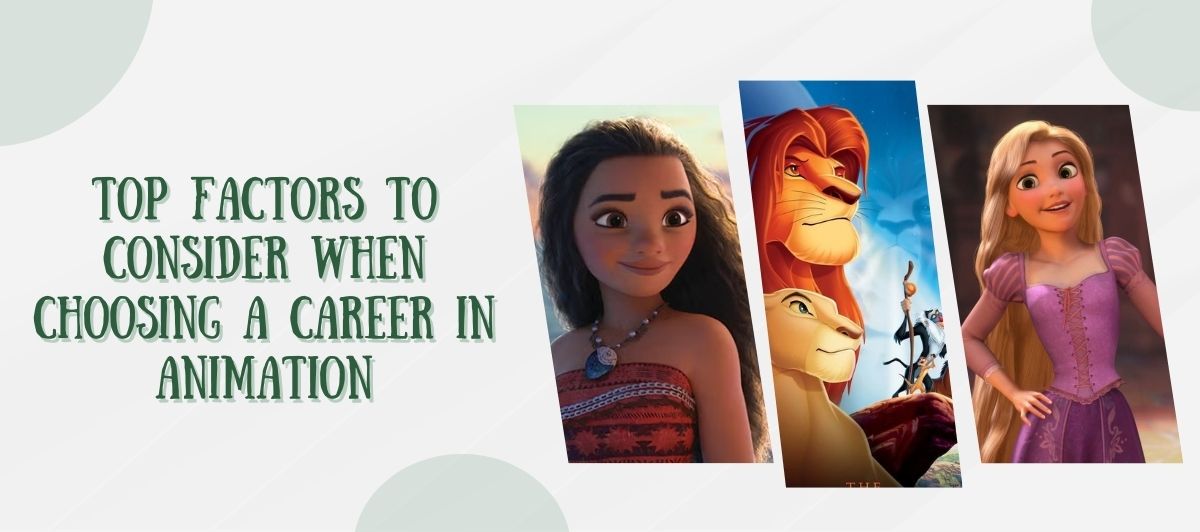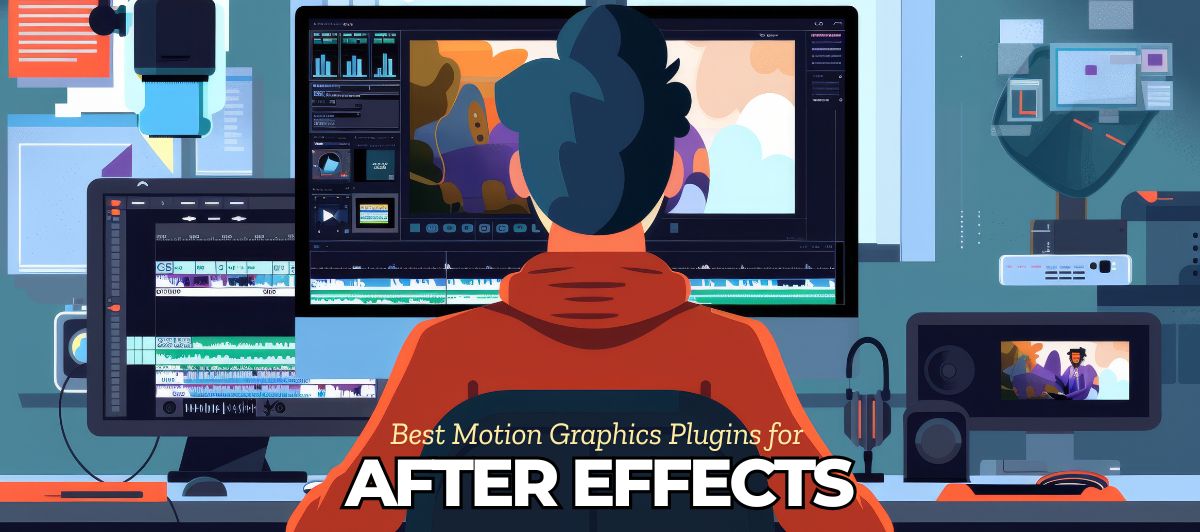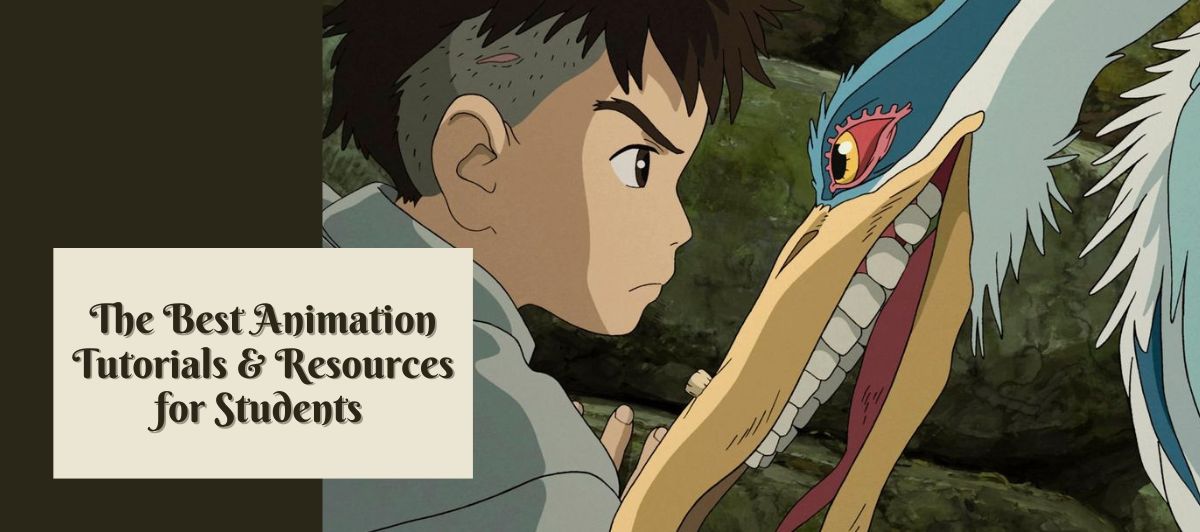Build a Strong Portfolio as a VFX Student!
In the fast-paced VFX industry of today, a good portfolio is your key to professional success. As a VFX student or budding VFX artist, your portfolio is a visual CV that must prove your technical skill, industry knowledge, and creative flair. So where do you start?
If you have taken up a VFX course or plan on taking up one, getting a portfolio created should be done right from the first day. A portfolio should showcase that you can execute top projects right from compositing and animation to special effects. For students studying in a VFX course in Kolkata, right institution matters as a lot depends on practical learning experience with professional equipment.
Arena Animation one of the best VFX institutes in Kolkata offers well-defined courses that empower students with skills to create a portfolio that stands out.
This blog will take you through some important steps in building a decent VFX portfolio that aids in presenting your best work and achieving good opportunities in the creative industry.
Getting Started: Building a Strong VFX Portfolio
A professionally developed VFX portfolio is essential to highlight your abilities and get noticed in the industry. Whether you are a fresher or undertaking a VFX course in Kolkata, the proper technique can be a game-changer. Here is where you should begin:
Enroll in a VFX Course for Professional Training
- A formal VFX course offers practical training on industry-standard tools.
- Courses include primary subjects such as compositing, motion graphics, animation, and special effects.
Select the Best VFX Institute in Kolkata
- Seek a VFX institute in Kolkata with hands-on training, qualified staff, and placement assistance.
- One of the top institutes is Arena Animation.
Know the VFX Course Fee and Investment
- The fees of the VFX course changes based on how long the course is, the standing of the institution, and the training level.
- Certificate programmes and short courses usually cost between ₹50,000 and ₹1,00,000, but diploma and degree courses are more expensive.
By getting good guidance and training, you can create a portfolio that shows your skills and helps you start a career in VFX with assurance.
Tips to Make Your VFX Portfolio Stand Out
To catch the eye of recruiters and studios, your VFX portfolio must be better than good—it has to be great. Here is how you can make it great:
- Showcase Only Your Best Work – A portfolio full of simple work will do more harm than good. Keep it short and feature only best-of-the-best projects.
- Show a Variety of Skills – Compositing, CGI integration, motion graphics, and special effects to demonstrate flexibility.
- Emphasise Realism and Detail – Studios want artists who can design realistic effects. Learn about real-world physics, lighting, and textures.
- Avoid Placeholder Assets – Employing unfinished or default assets provides a poor impression. Refine and personalise every aspect.
- Show the Story with Your Effects – Context is everything. Illustrate how your VFX adds to a scene instead of showing arbitrary simulations.
- Make the Presentation Smooth – Keep your portfolio well-labelled, broken down, and with a professional organisation.
- Make Your Demo Reel Short and Memorable – 30-60 seconds of gasp-inducing work is way better than 5 minutes of fluff.
- Take Feedback and Improve – Show your portfolio to your mentors, professionals from the industry, or peers from your VFX institute in Kolkata. Constructive criticism refines your work and prepares it for the industry.
But remember just a good portfolio will not hire you, regardless of how competent you are. Refine your work, polish it, and show it like a professional.
A solid VFX portfolio is your passport to a successful career. If you are opting for a VFX course in Kolkata or are beginning from scratch, your portfolio should reflect your abilities, knowledge, and market readiness. Finding the proper VFX institute in Kolkata and being aware of the VFX course fee are initial steps, but it takes a bit more to grow yourself—reworking your stuff, demonstrating versatility, and requesting feedback.
The VFX field is competitive, and a good portfolio will set you apart. Continuously learn, improve, and present your work in the best manner possible. Your portfolio, done correctly, will open up greater opportunities.
![]() February 17, 2025
February 17, 2025
![]() By Admin
By Admin
![]() VFX,VFX course,VFX course fee,vfx course fees in kolkata,VFX course in Kolkata,VFX Institute in kolkata,VFX training in Kolkata,
VFX,VFX course,VFX course fee,vfx course fees in kolkata,VFX course in Kolkata,VFX Institute in kolkata,VFX training in Kolkata,
